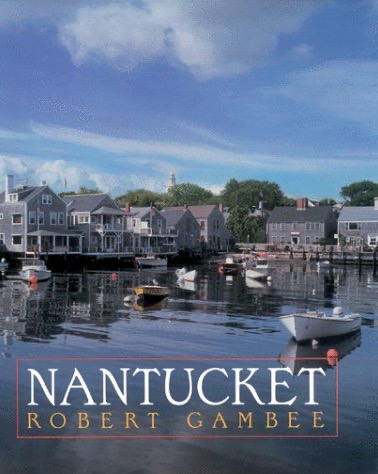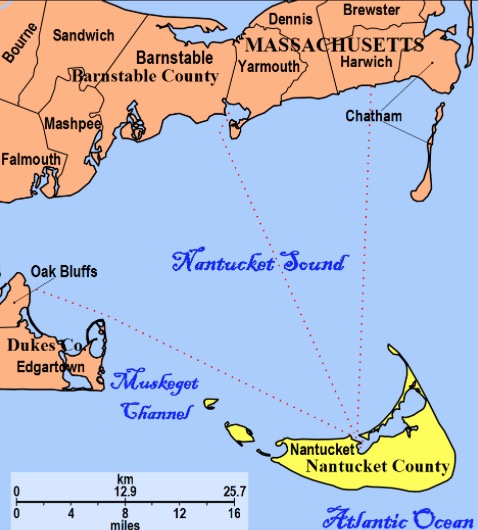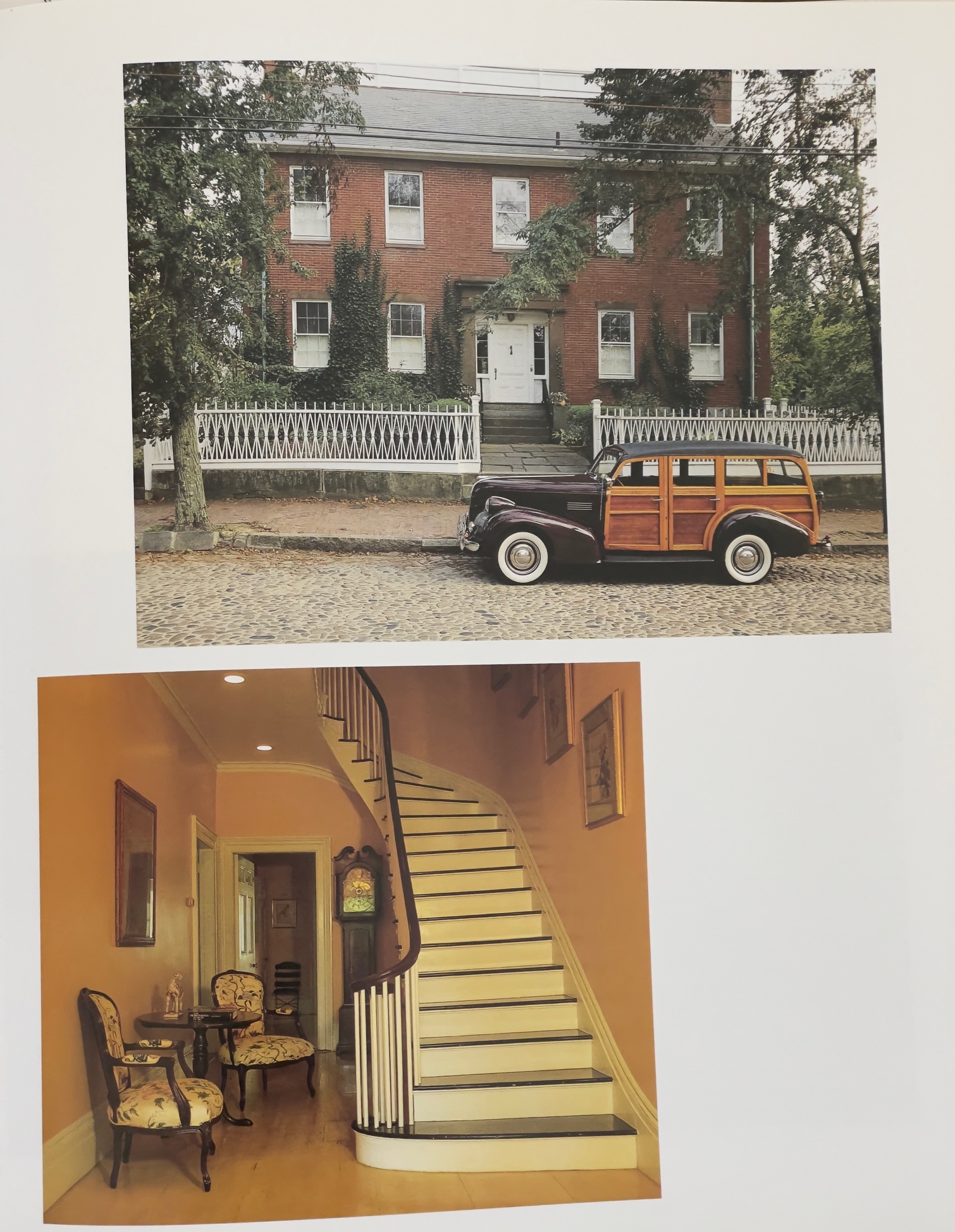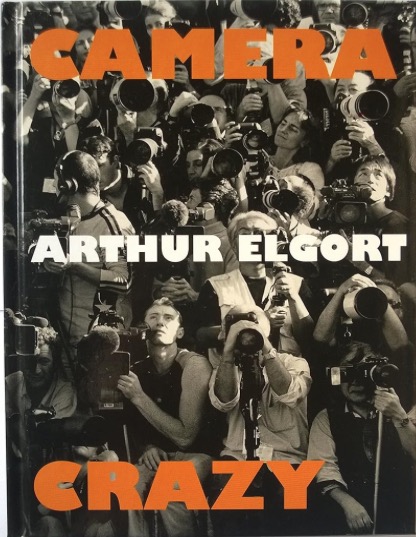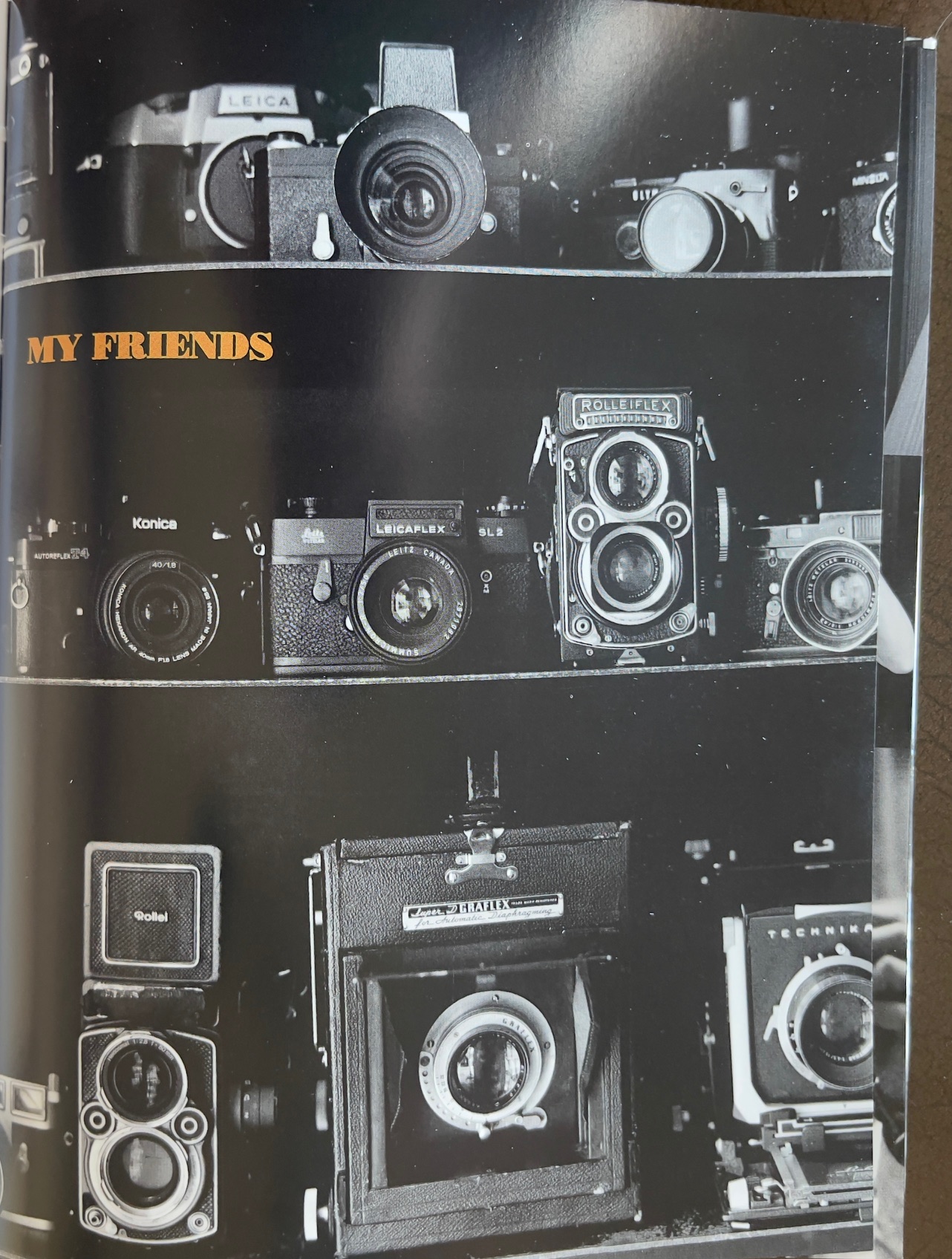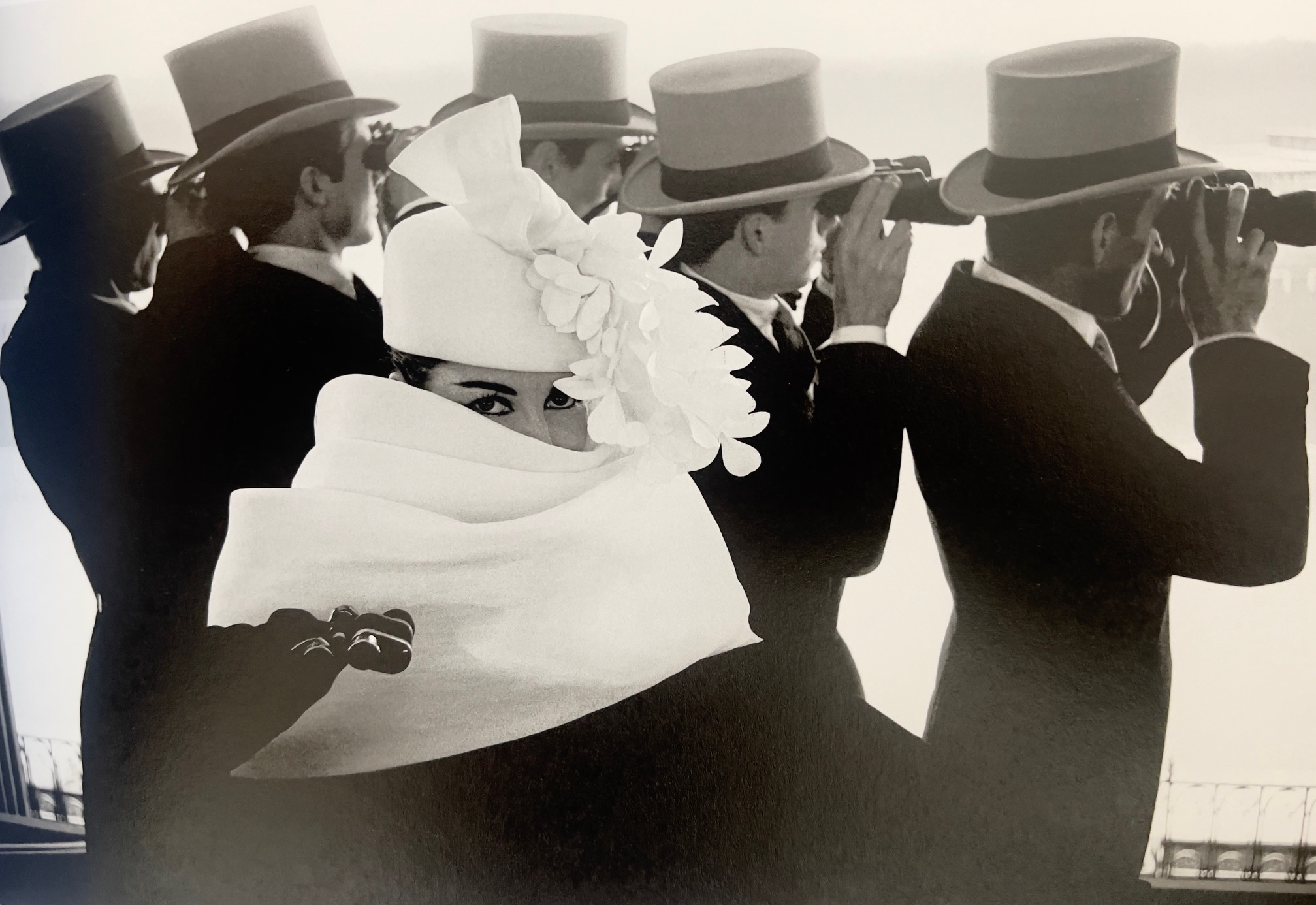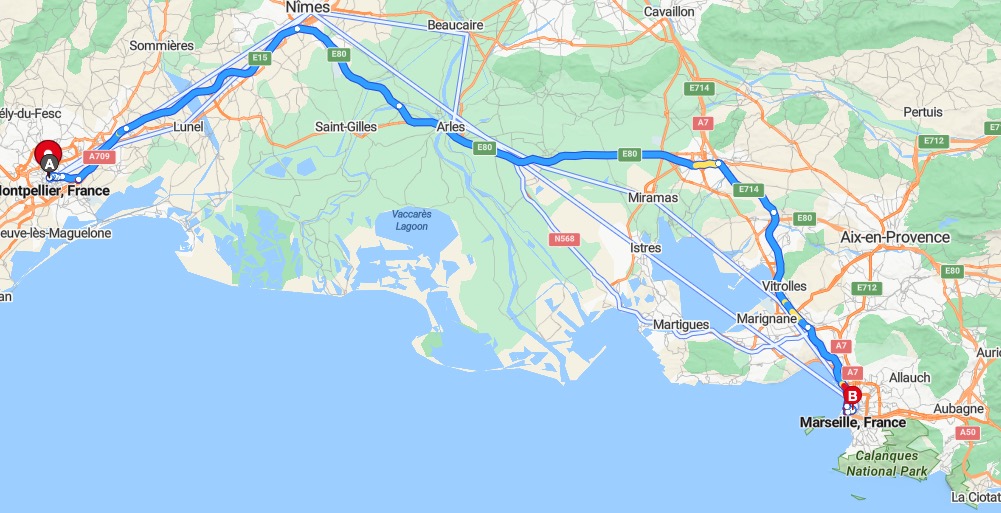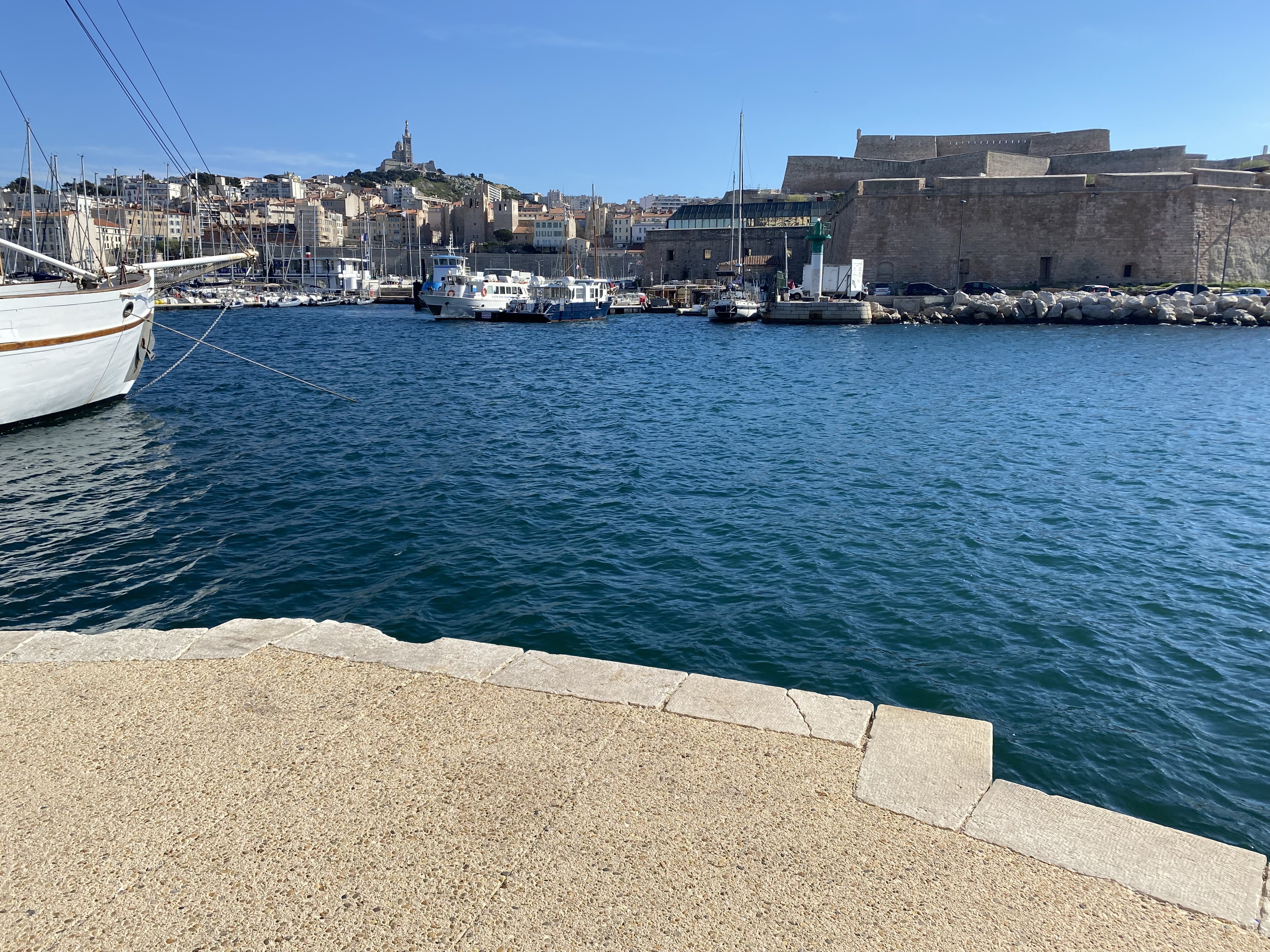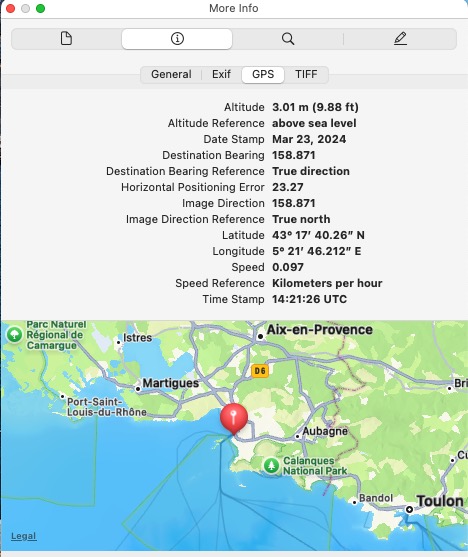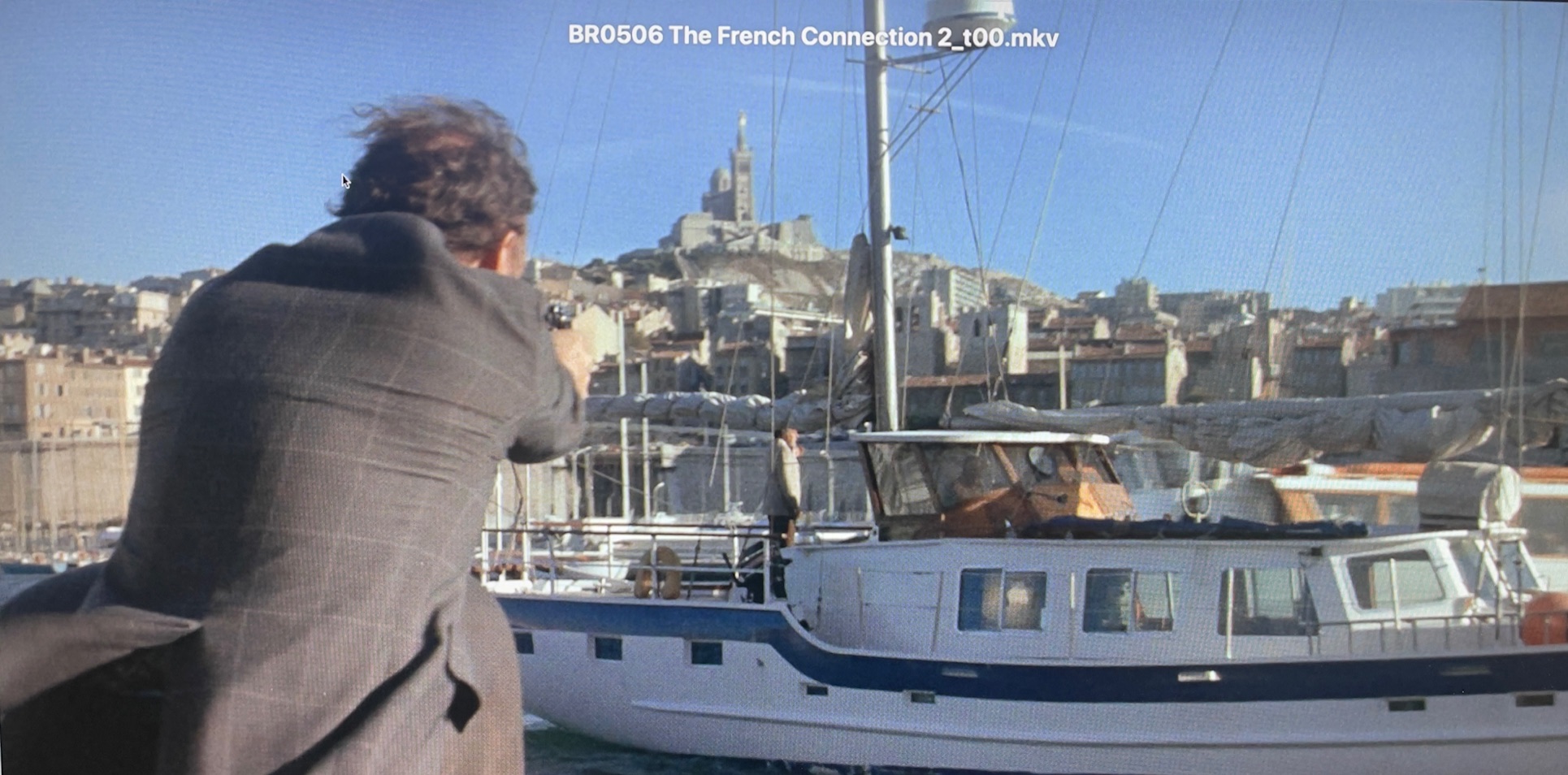A wonderful anthology.
Click here to see my library of Photo and Art books.
Ask any photography enthusiast to name the great manufacturers of the 20th century and most would likely include Leitz, Zeiss, Graflex, Nikon and …. Kodak. There’s a strong case to be made that if you had to name just one it would be the latter for without Eastman Kodak of Rochester, New York none of the others would likely have come into existence.
Kodak, of course, was not just the dominant film maker of the past century, it was also a major manufacturer of cameras and its advertising frequently speaks to both businesses. Vertical integration at its best.
And much of that early advertising is to be found, in abundance, in the book aptly named ‘The Kodak Girl’. Neither Kodak nor the book’s title were into the poison of Political Correctness, thank goodness.

Click the image for Amazon.
As with all the best books about photography text is sparse and the illustrations are everything. Here are a couple of favorites:
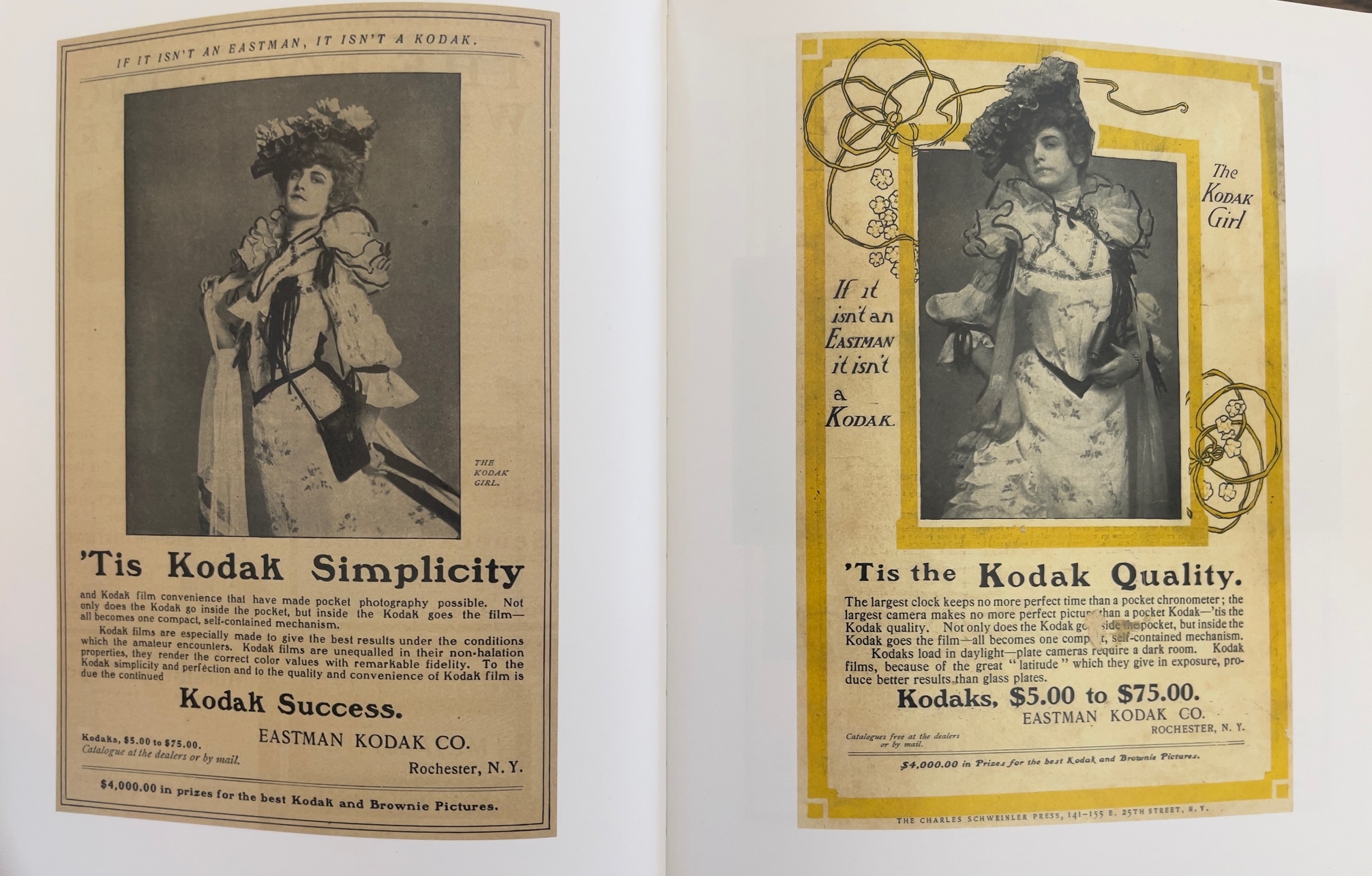
Very early advertisements.
Graflex gets in on the act,
in the style of Bouguereau.
